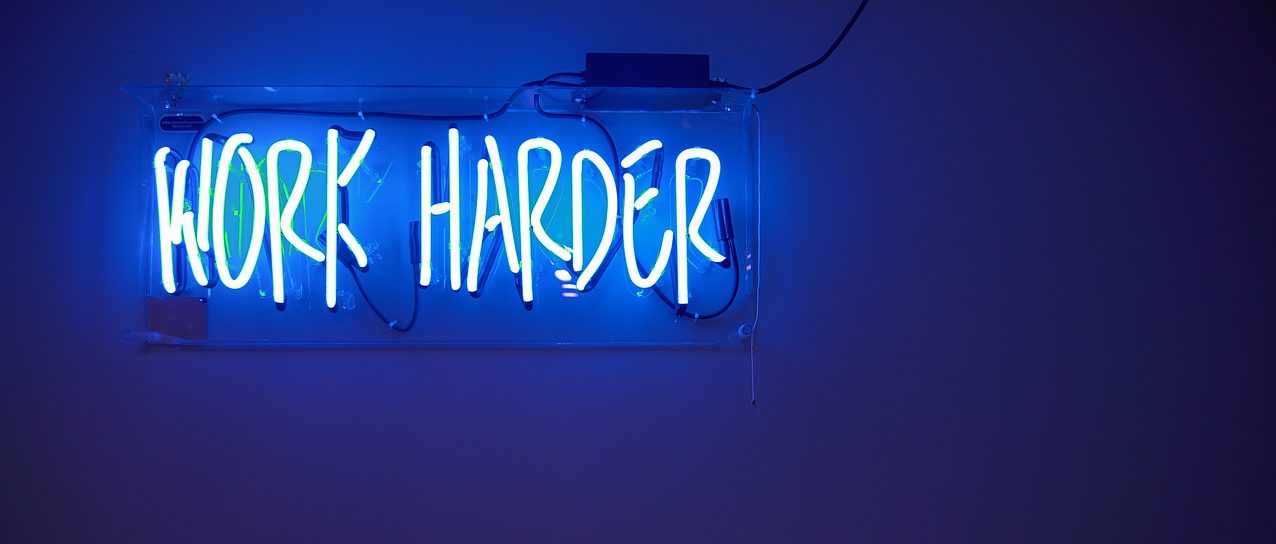This is a post I wrote especially for ProHealth’s Inspirational Corner and first appeared there a couple of months ago
How many of us know what we need to do to give ourselves the best chance of feeling well, but somehow just can’t seem to do it? We know that living within our energy envelope means less flares, less crashes, less pain, but why is it so hard to do?
Quite simply we’re programed for productivity. Our subconscious drives us to act in ways that it believes will be most beneficial for our survival and well-being, but when it comes to energy limiting chronic illness these programs are out of date.
There are many values that guided our success before illness that are so ingrained and difficult to shake:
- ‘The harder you fight the more likely you’ll succeed’
- ‘If you can see the finishing line push until you get there’
- ‘If you want something enough you’ll find a way to make it happen’
- ‘Effort and efficiency lead to success’
- ‘Speed is important, the faster the better’
- ‘Stress can improve performance’
- ‘Putting yourself first is selfish’
When chronic illness strikes, we need a new program to guide behaviour that will work better for our well-being. We need to replace our productivity values with something that is more adaptive to our present situation. Here are some of the new guiding principles that I’ve chosen to support my well-being:
- ‘Relaxed effortlessness uses less energy and allows me to do more’
- ‘I don’t have to finish things in one sitting to be effective’
- ‘All the important things can get done even at a relaxed, unrushed pace’
- ‘Speed, effort and stress are harmful’
- ‘When I look after myself I have more to give’
But before we can put our new values into practice we need awareness. Often our less helpful behaviours are driven by our autopilot. Before we can choose the new path, we need to become aware of the moment in which we have the choice. To develop that awareness, I’ve found it helpful to look out for the old urges: I aim to notice when I feel compelled to rush, push, struggle or exert. I also aim to stay vigilant to signs of stress. Once I notice those things I get to choose to override my autopilot.
Sometime I miss the signs; then I aim to be kind to myself, recognise that my subconscious was trying to be helpful, but just hasn’t learned what’s best for me yet! I know that beating myself for not getting it right is also a waste of energy and brings more tension to my body. I know that all I can do is aim to continue training my subconscious with the new values until it gets the message.
Because our subconscious has had success in the past it will keep trying the old ways over and over again, until we can convince it that the new way is better, and that’s hard to do when it’s had so much evidence of the effectiveness of the old way. Our old program is like a well-trodden path, to create a new path we have to consciously choose to walk it until it’s better trodden that the old one.
In order to make the new path as strong as possible as quickly as possible, so that it can become the new autopilot choice, we need to reinforce it by paying attention to all the positive results. We need to flag up the path with a big sign that tells our subconscious that this path just worked well, try it again! Often we can be more focused on what doesn’t work and what causes us pain, it can take a conscious effort to really pay attention to how new ways of being are really working for us.
This kind of vigilance and training is hard, but I’ve learned that if I want to be able to change my behaviour to be more adaptive to the way I need to live now, I have to be willing to do the work involved in replacing my out of date productivity values!
A small request: I’d be really grateful if you could rate this article using the stars below the related posts!






Excellent article Julie, and a great reminder to tread the appropriate path.